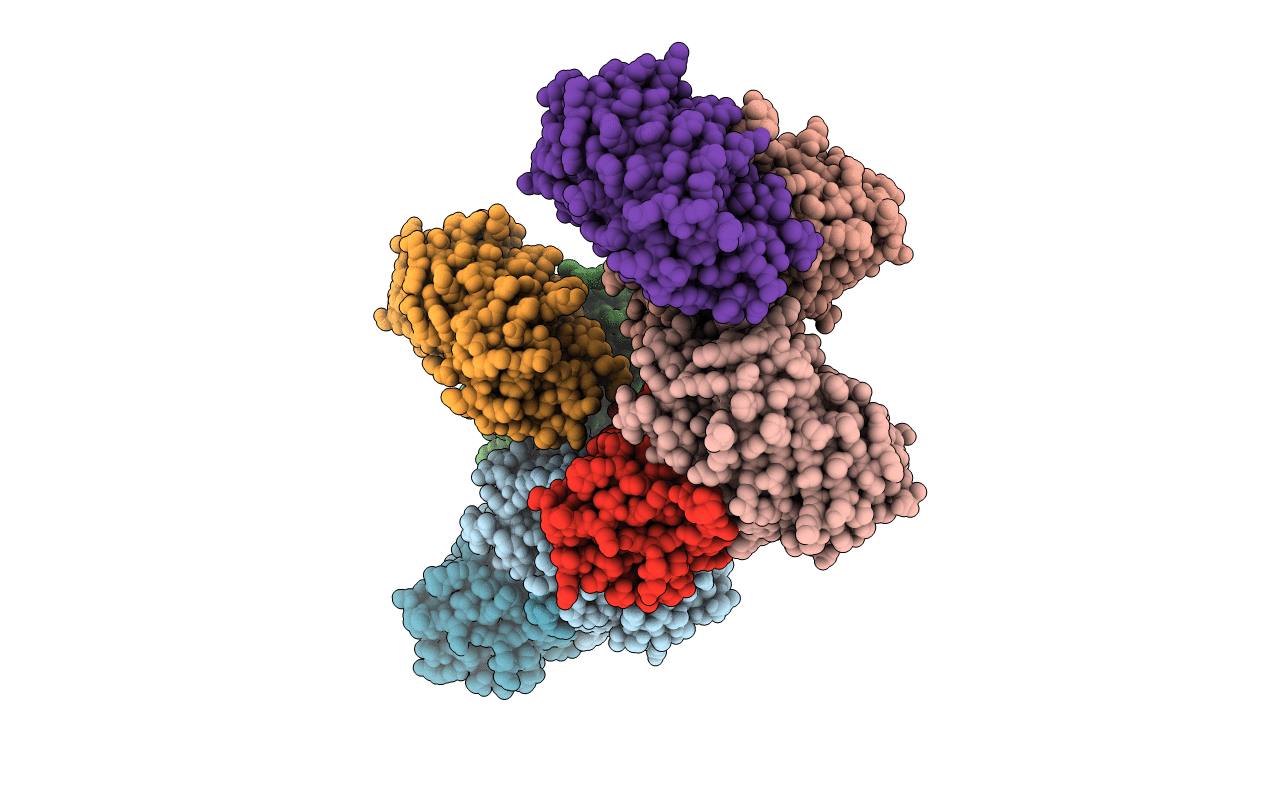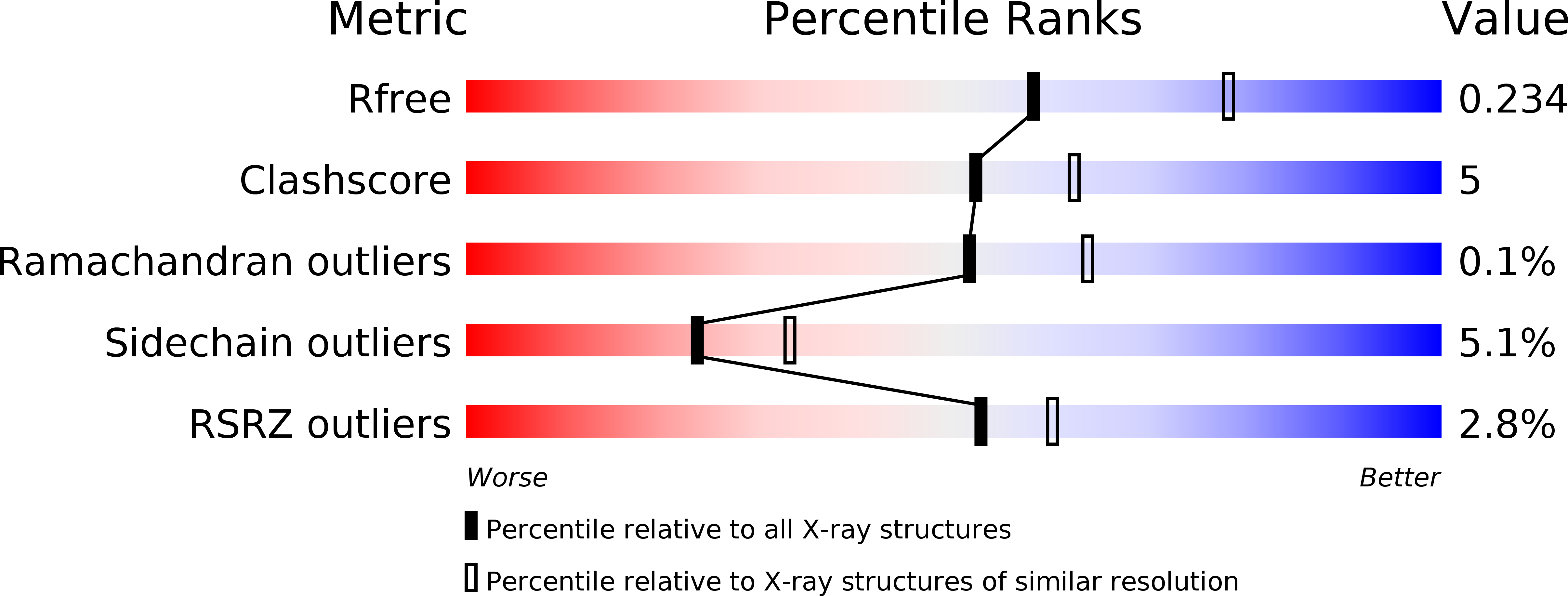
Deposition Date
2013-05-27
Release Date
2013-10-02
Last Version Date
2024-11-20
Entry Detail
PDB ID:
3WCK
Keywords:
Title:
Crystal structure of monomeric photosensitizing fluorescent protein, Supernova
Biological Source:
Source Organism:
synthetic construct (Taxon ID: 32630)
Host Organism:
Method Details:
Experimental Method:
Resolution:
2.30 Å
R-Value Free:
0.23
R-Value Work:
0.18
R-Value Observed:
0.18
Space Group:
P 1


